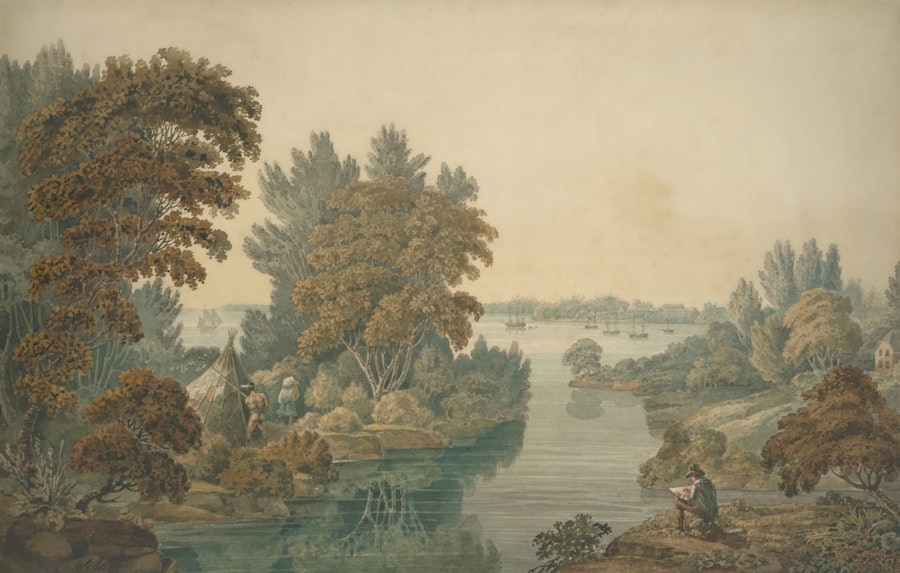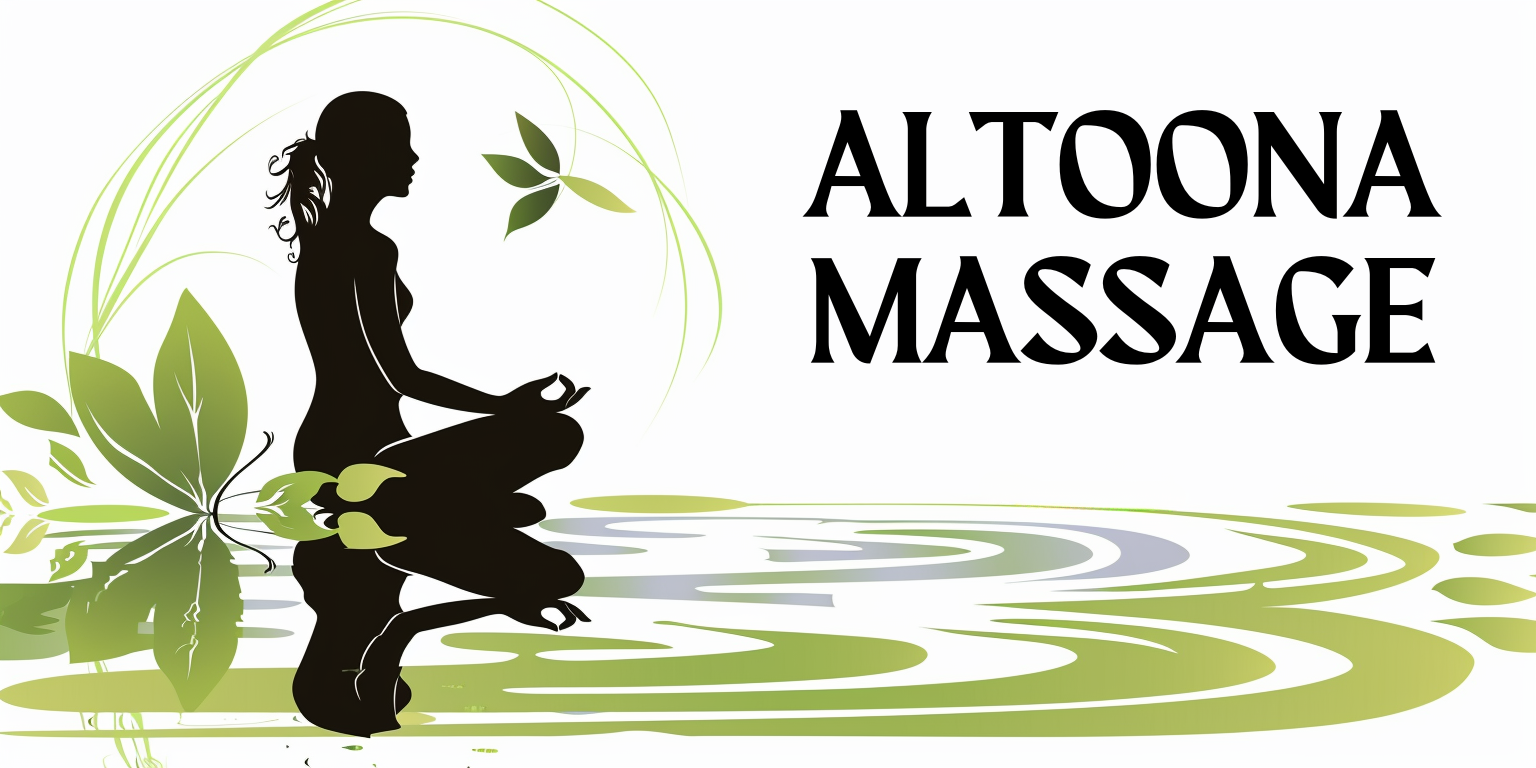Massage therapy has roots that stretch back thousands of years, intertwining with the very fabric of human history. You might find it fascinating to learn that ancient civilizations, from the Egyptians to the Chinese, recognized the therapeutic benefits of touch long before the advent of modern medicine. In ancient Egypt, for instance, hieroglyphics depict scenes of massage being administered to pharaohs and nobles, suggesting that it was not only a luxury but also a vital component of health and wellness.
The Egyptians utilized oils and aromatic substances, enhancing the experience and effectiveness of their techniques. This early form of massage was often intertwined with spiritual practices, reflecting a holistic approach to health that you may still see in various forms today. Similarly, in ancient China, texts dating back to 2700 BCE reference the practice of Tui Na, a form of therapeutic massage that is still practiced in Traditional Chinese Medicine (TCM).
You might be intrigued to know that Tui Na incorporates acupressure and meridian theory, emphasizing the flow of Qi (energy) within the body. This ancient technique was not merely about physical manipulation; it was deeply rooted in the belief that balance and harmony within the body were essential for overall health. As you explore the origins of massage therapy, you can appreciate how these ancient techniques laid the groundwork for what would evolve into a diverse array of practices across cultures.
Key Takeaways
- Massage therapy has ancient origins, with techniques dating back thousands of years in cultures such as China, India, and Egypt.
- The practice of massage therapy has evolved over time, with influences from ancient civilizations shaping modern techniques and approaches.
- Eastern traditions, such as Chinese and Ayurvedic medicine, have heavily influenced massage therapy, while Western traditions have also contributed to its development.
- Massage therapy has long been a part of traditional medicine and healing practices, with its role varying across different cultures and time periods.
- The profession of massage therapy has developed over time, with formal education, certification, and regulation becoming more common in modern times.
The Evolution of Massage Therapy: From Ancient Civilizations to Modern Times
The Ancient Roots of Massage
As we explore the history of massage therapy, it becomes clear that its development is marked by significant cultural exchanges and adaptations. The ancient Greeks and Romans, for instance, incorporated massage into their athletic training regimens, recognizing its ability to enhance performance and aid recovery. Notably, figures like Hippocrates advocated for the use of friction and manipulation to treat various ailments, thus integrating massage into early medical practices.
A Period of Decline and Revival
This period saw the emergence of more structured techniques, as practitioners began to document their methods and results, paving the way for future generations. However, the Middle Ages brought about a decline in the practice of massage in Europe, largely due to the rise of religious conservatism and a shift towards more invasive medical practices. Fortunately, during the Renaissance, there was a resurgence of interest in the human body and its functions.
The Modern Era of Massage Therapy
This renewed curiosity led to a revival of ancient techniques, as scholars sought to understand anatomy and physiology more comprehensively. By the 19th century, massage therapy began to gain recognition as a legitimate form of treatment once again, thanks in part to pioneers like Per Henrik Ling, who developed the Swedish massage technique. This marked a significant turning point in the evolution of massage therapy, as it began to be viewed not just as a luxury but as an essential component of healthcare.
The Influence of Eastern and Western Traditions on Massage Therapy

The interplay between Eastern and Western traditions has significantly shaped the landscape of massage therapy as you know it today. In Eastern practices, such as Ayurveda from India and TCM from China, massage is often seen as part of a broader system of healing that includes diet, herbal remedies, and meditation. You may find it enlightening that these traditions emphasize energy balance and holistic well-being, focusing on treating the root causes of ailments rather than just symptoms.
Techniques like Shiatsu and Thai massage draw from these philosophies, incorporating stretching and pressure points to promote overall health. Conversely, Western massage techniques have historically focused more on anatomical structures and physiological responses. As you explore this dichotomy, you might notice how Western practices often prioritize muscle relaxation and pain relief through methods like deep tissue and sports massage.
The integration of both approaches has led to a more comprehensive understanding of how different techniques can complement each other. For instance, many modern practitioners now incorporate elements from both Eastern and Western traditions into their sessions, creating a more personalized experience for clients. This blending of philosophies reflects a growing recognition that health is multifaceted and that various techniques can work synergistically to promote well-being.
The Role of Massage Therapy in Traditional Medicine and Healing Practices
In many cultures around the world, massage therapy has been an integral part of traditional medicine systems. You may find it fascinating that in countries like India, Ayurveda has long utilized massage as a means to balance bodily energies and promote healing. Ayurvedic practitioners often combine herbal oils with specific techniques tailored to an individual’s constitution or dosha.
This personalized approach underscores the belief that each person is unique and requires tailored treatments for optimal health. Similarly, in indigenous cultures, massage has been used as a healing practice for generations. You might appreciate how these communities often view massage not just as a physical treatment but as a spiritual practice that fosters connection between the healer and the recipient.
In many cases, rituals surrounding massage involve elements such as chanting or drumming, enhancing the therapeutic experience by creating a sense of community and support. As you consider these traditional practices, you can see how they emphasize the importance of touch in fostering emotional well-being alongside physical healing.
The Development of Massage Therapy as a Profession
As society’s understanding of health evolved, so too did the recognition of massage therapy as a legitimate profession. You may find it interesting that in the late 19th century, formal training programs began to emerge in Europe and North America. This shift marked a significant turning point in how massage was perceived; no longer just an art practiced by healers or athletes, it became a recognized profession requiring education and skill.
Organizations began to form to establish standards for practice and ethics, further legitimizing the field. In recent decades, you might have noticed an increasing demand for licensed massage therapists across various settings—from spas to hospitals. This growth has led to more comprehensive training programs that cover anatomy, physiology, and various techniques.
As you explore this development, consider how it reflects broader societal changes regarding wellness and self-care. The rise of integrative health approaches has opened doors for massage therapy within multidisciplinary teams, allowing practitioners to collaborate with other healthcare providers to enhance patient care.
The Impact of Scientific Research on the Understanding and Practice of Massage Therapy

The Physiological Effects of Touch
Studies have delved into the physiological effects of touch on the body, uncovering mechanisms that explain why massage can be so beneficial. For instance, research has shown that massage can lower cortisol levels while increasing serotonin and dopamine—hormones associated with relaxation and happiness.
Increased Acceptance in Healthcare
The growing body of evidence has led to increased acceptance among healthcare professionals regarding the integration of massage therapy into treatment plans. As more hospitals and clinics recognize its potential benefits for patients recovering from surgery or managing chronic pain conditions, the gap between traditional practices and modern medicine is bridging.
Evidence-Based Practice for Safe and Effective Care
This evolving relationship highlights the importance of evidence-based practice in ensuring that clients receive safe and effective care.
The Integration of Massage Therapy into Mainstream Healthcare and Wellness
As you navigate through contemporary healthcare landscapes, you’ll likely notice an increasing integration of massage therapy into mainstream wellness practices. Many healthcare providers now recognize that holistic approaches can complement conventional treatments effectively. You may find it encouraging that hospitals are beginning to offer massage therapy as part of their patient care programs—especially in areas like pain management or palliative care—where it can significantly enhance quality of life.
In addition to clinical settings, wellness centers are also embracing massage therapy as part of comprehensive wellness programs aimed at promoting overall health. You might appreciate how this trend reflects a broader societal shift towards preventive care and self-care practices. As people become more aware of the importance of mental health alongside physical well-being, they are increasingly seeking out services like massage therapy to help manage stress and promote relaxation.
This integration signifies a growing recognition that health is not merely the absence of illness but encompasses emotional and psychological well-being as well.
The Future of Massage Therapy: Trends, Innovations, and Challenges
Looking ahead, you may be curious about what lies in store for the field of massage therapy. One trend gaining traction is the incorporation of technology into practice—such as virtual consultations or mobile apps designed to enhance client engagement between sessions. You might find it intriguing how advancements in technology could allow therapists to reach clients who may not have access to traditional services due to geographical or physical limitations.
However, challenges remain on the horizon as well. As demand for services continues to grow, ensuring consistent quality across practitioners will be essential. You may also consider how ongoing education will play a critical role in keeping therapists informed about new research findings and techniques.
Additionally, navigating regulatory frameworks will be vital for maintaining professional standards while adapting to changing healthcare landscapes. In conclusion, as you reflect on the rich history and evolving nature of massage therapy, it’s clear that this practice is deeply rooted in human culture while continually adapting to meet modern needs. From ancient techniques to contemporary applications within healthcare settings, you can appreciate how massage therapy remains an essential component of holistic wellness—a testament to its enduring relevance in our lives today.
If you are interested in learning about another fascinating topic, check out the article on the vinyl revival. Just like the history of massage therapy, the resurgence of vinyl records is a nostalgic trend that has gained popularity in recent years. Discover the reasons behind this comeback and how it has impacted the music industry.
FAQs
What is the history of massage therapy?
Massage therapy has a long history that dates back thousands of years. It has been practiced in various forms by different cultures around the world, including ancient China, India, Egypt, Greece, and Rome.
How has massage therapy evolved over time?
Massage therapy has evolved from being primarily a form of relaxation and stress relief to a recognized form of alternative medicine. It has gained acceptance in the medical community and is now used to treat a wide range of physical and mental health conditions.
What are some key milestones in the history of massage therapy?
Some key milestones in the history of massage therapy include the development of specific massage techniques in ancient civilizations, the establishment of massage schools and training programs in the 19th and 20th centuries, and the recognition of massage therapy as a legitimate form of healthcare in modern times.
How has massage therapy been used in different cultures?
Massage therapy has been used in different cultures for various purposes, including healing, relaxation, and spiritual rituals. Each culture has developed its own unique massage techniques and traditions.
What are some popular types of massage therapy today?
Some popular types of massage therapy practiced today include Swedish massage, deep tissue massage, sports massage, and aromatherapy massage. Each type of massage has its own specific techniques and benefits.
